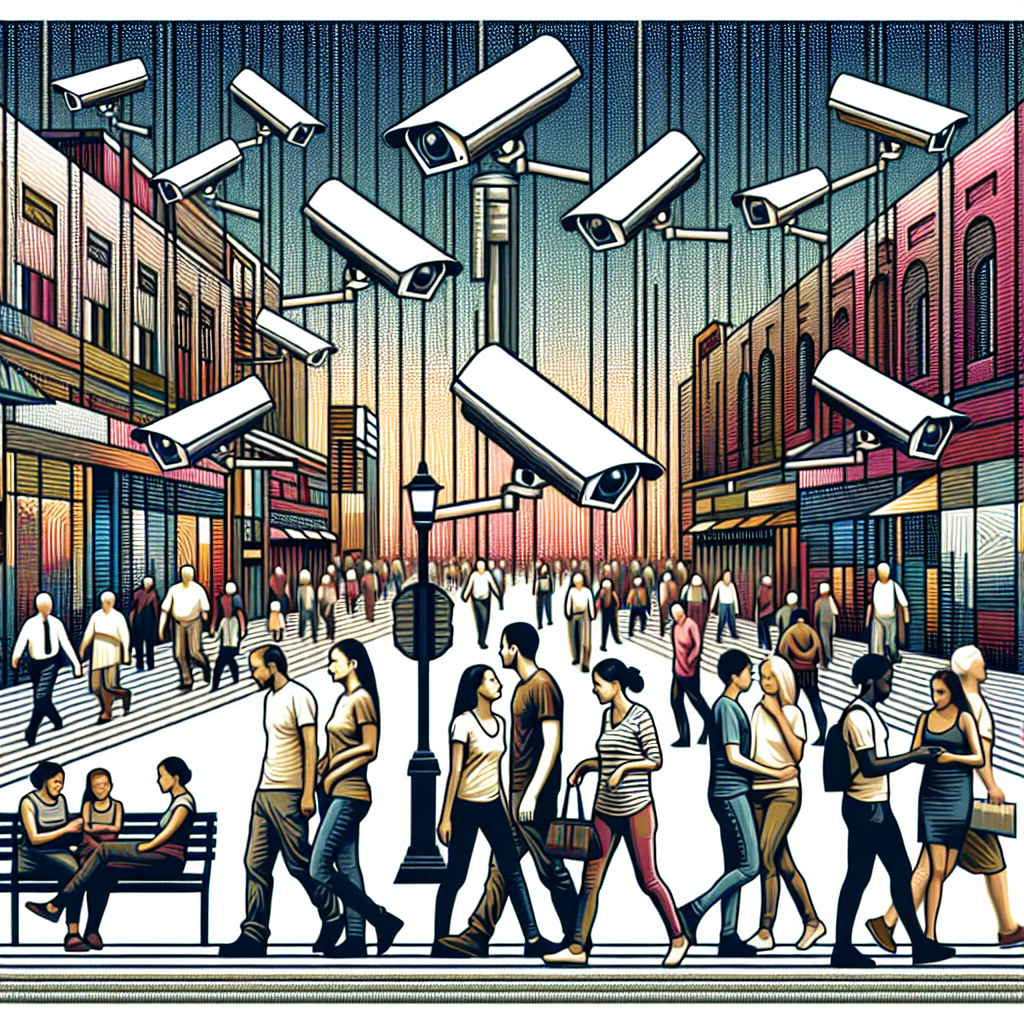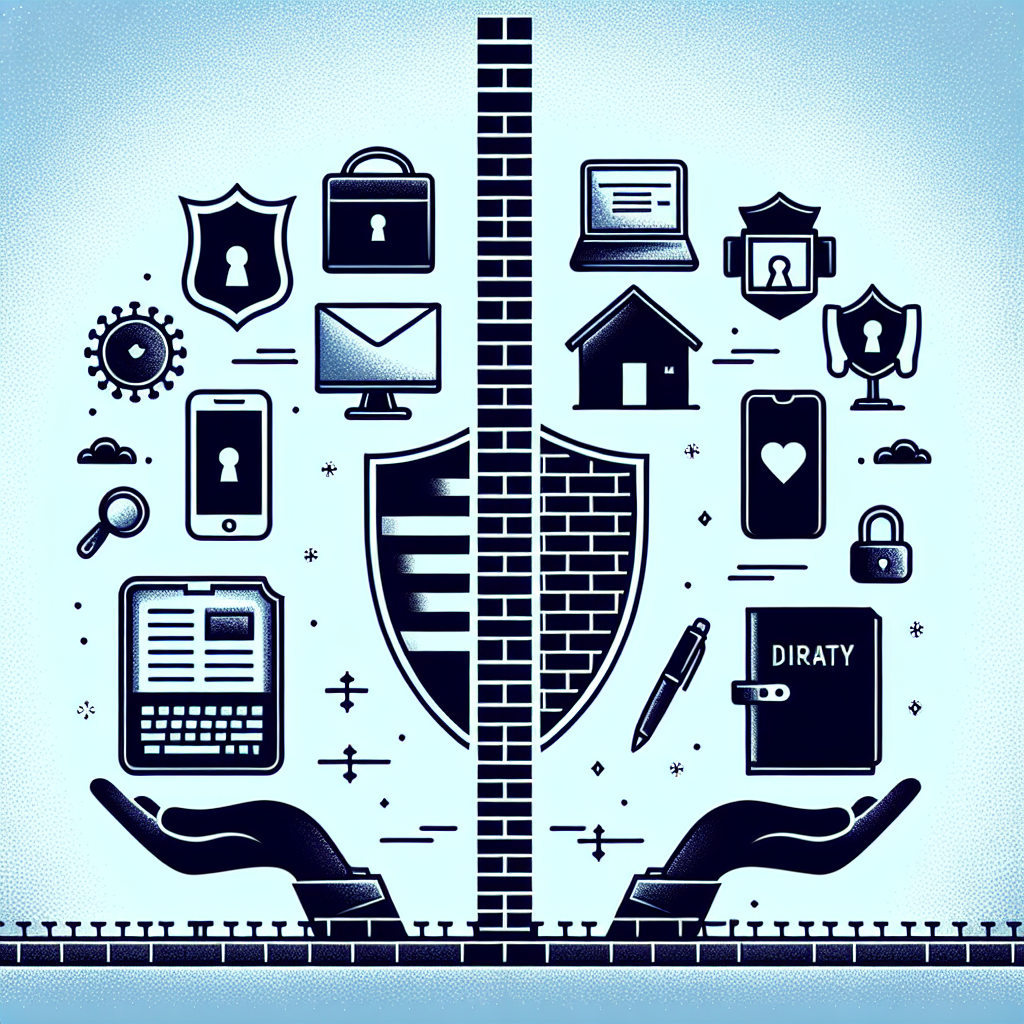Understanding Digital Footprints: A Deep Dive into Online Privacy
What Is a Digital Footprint?
A digital footprint refers to the trail of data you leave behind while using the internet. This includes both active contributions like social media posts and passive data collected from your online activities. Digital footprints can be categorized into two types: active and passive.
- Active Digital Footprint: Any information that users intentionally share online, such as social media posts, emails, and account registrations.
- Passive Digital Footprint: Data collected without direct user interaction, including browsing history, IP addresses, and cookies.
The Government’s Interest in Digital Footprints
Governments around the world are increasingly focused on monitoring digital footprints for various reasons, primarily related to public safety, national security, and law enforcement. This can encompass anything from terrorism prevention to tracking cybercrime.
Information Collected by Government Entities
-
Browsing History
When users surf the web, their browsing history is tracked through cookies, browser caches, and server logs. This data can indicate user behavior, preferences, and frequently visited sites. Law enforcement can request this data from internet service providers (ISPs) with proper legal authority. -
Social Media Activity
Public profiles on social media platforms give governments insights into an individual’s interests, connections, and behavior. Posts, comments, likes, and shared media are all potential data points that can be scrutinized. -
Geolocation Data
Many applications collect geolocation data, which can be shared with government agencies during investigations. Smartphones, in particular, track users’ locations through GPS. Historical location data can reveal patterns of movement and potential associates. -
Email Communication
Email providers may be required to hand over user emails or metadata under certain circumstances. The content of email communications and the details surrounding them can be stored and analyzed for possible leads in investigations. -
Online Purchases
Transactions made through e-commerce platforms often leave a trail of data, including purchase history and shipping addresses. This data can be analyzed for economic behavior and even potential criminal activity. -
Search Engine Queries
Search engines retain logs of user queries, revealing interests, questions, and even anxieties. These logs can be analyzed to identify emerging trends or to link individuals to certain activities. -
IoT Device Data
The proliferation of Internet of Things (IoT) devices means more data is collected than ever before. Smart speakers, wearables, and home security systems can track data like voice recordings, health metrics, and home activity.
Legal Framework Governing Digital Surveillance
The collection of digital footprints by government entities is regulated by various laws and legislation, which can vary by country. Notable laws include:
- The USA PATRIOT Act: This law expands the government’s surveillance capabilities to monitor communications and transactions.
- The Foreign Intelligence Surveillance Act (FISA): It allows for the surveillance of foreign individuals and entities, extending to the collection of data from U.S. citizens in certain circumstances.
- General Data Protection Regulation (GDPR): In Europe, GDPR imposes strict rules on how personal data can be collected and used, impacting how governments can access digital footprints.
Privacy Considerations for Individuals
In light of governmental surveillance, individuals should be aware of methods to protect their digital footprints:
- Use of VPNs (Virtual Private Networks): VPNs encrypt internet traffic, making it difficult for external entities to track online activities.
- Secure Browsers: Browsers with built-in privacy features can help minimize tracking and data collection.
- Regularly Clear Cookies and Cache: Cleaning browser data can reduce the amount of information stored and transmitted.
- Be Mindful of Social Media Sharing: Limiting the information shared on social media can mitigate passive data collection.
- Enable Two-Factor Authentication: This adds an extra layer of security against unauthorized access to accounts.
Conclusion: The Balance Between Safety and Privacy
Understanding the scope of what governments can see while you surf the web raises critical questions about privacy and security. As individuals navigate their online lives, awareness and proactive measures become essential in creating a balance between safety and personal privacy.
Each digital footprint carries the potential for both insight and intrusion. Individuals and governments alike must navigate this complex landscape with caution, ethics, and consideration for both communal safety and personal freedom.
This exploration of digital footprints highlights the importance of awareness in our increasingly connected world and underscores the necessity for informed engagement in discussions surrounding privacy rights and governmental oversight in the digital age.













Leave a Reply